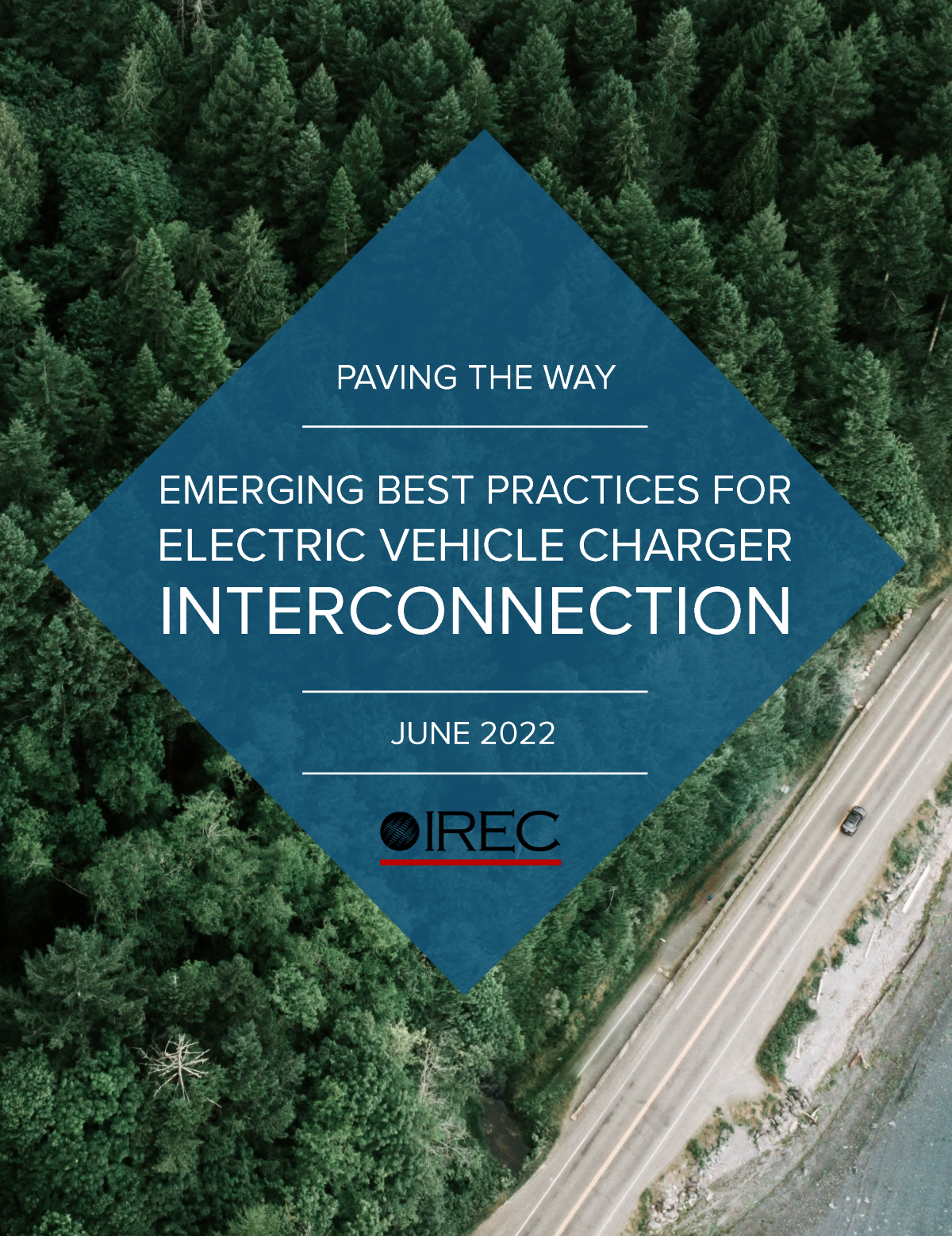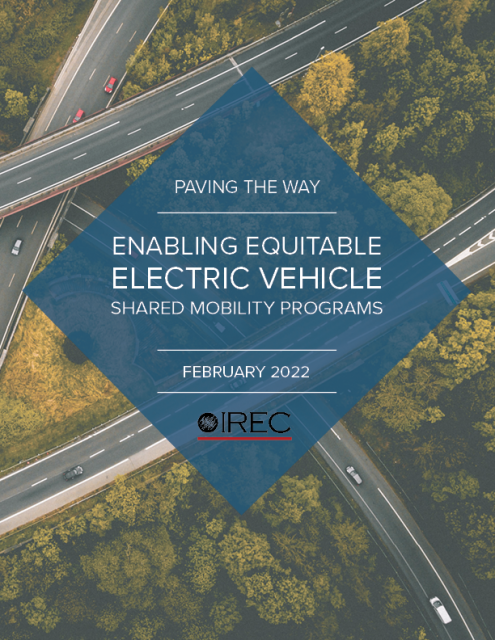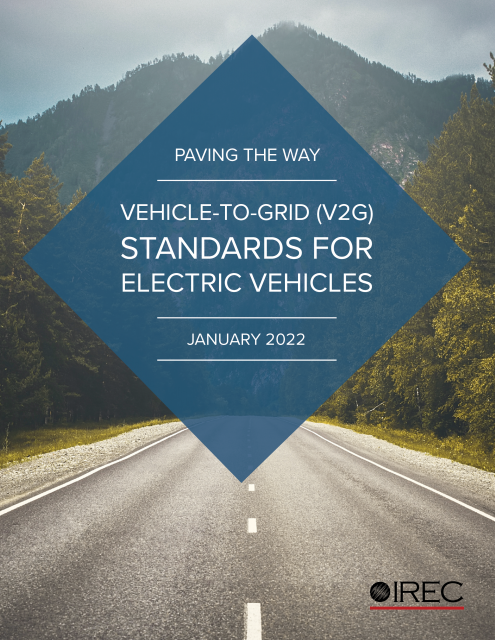Paving the Way: Emerging Best Practices for Electric Vehicle Charger Interconnection
This paper reviews the process for connecting electric vehicle (EV) chargers to the grid, lists the challenges faced by third-party EV charging station (EVCS) developers, and identifies options for addressing these challenges through new policies and practices at the state, local, and utility levels.
As electric vehicle (EV) adoption grows, many policymakers across the country are recognizing the need for greater availability of charging infrastructure and have begun allocating funding to meet future EV charging demand. However, to efficiently deploy this charging infrastructure, improvements are needed to some of the policies and practices that govern how charging equipment is connected to the electric grid. Delays at different stages of the process currently create uncertainty for project developers and slow down the transition to electrified transportation.
To understand how to improve the process of connecting EV charging stations (EVCS) to the grid, IREC conducted a survey of EVCS developers that work across multiple states and cover a broad share of the EV charger market. According to the survey, the main factors that contribute to longer timelines include 1) interconnection process delays, 2) difficulties obtaining easements (which grant utilities the right to install, access, and service electrical equipment on a property), and 3) slow permitting processes.
This paper features initial challenges and emerging best practices that can provide guidance for jurisdictions looking to enable the rapid deployment of EV chargers. As EV charger penetration increases, further research will be needed to assess the effectiveness of these and other strategies to reduce interconnection timelines.


